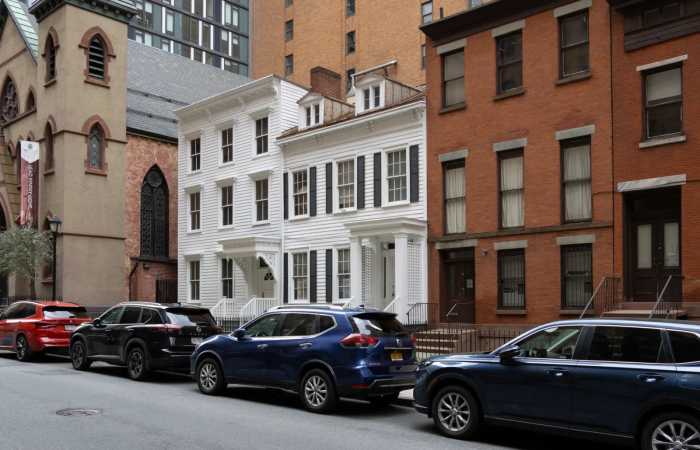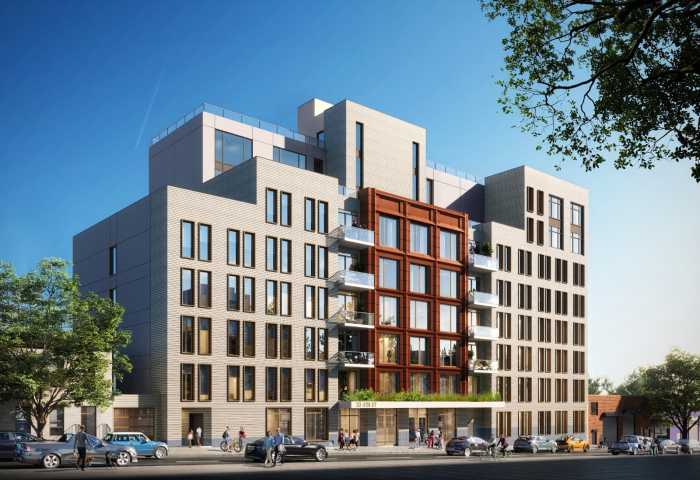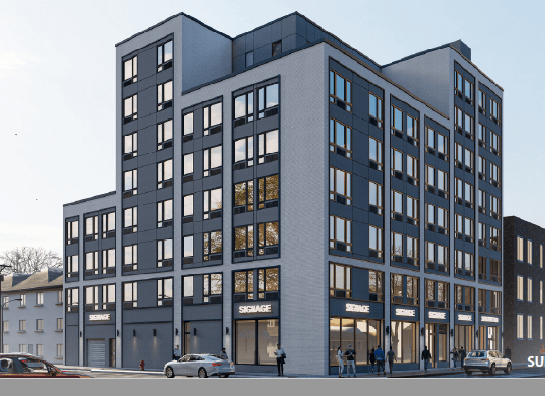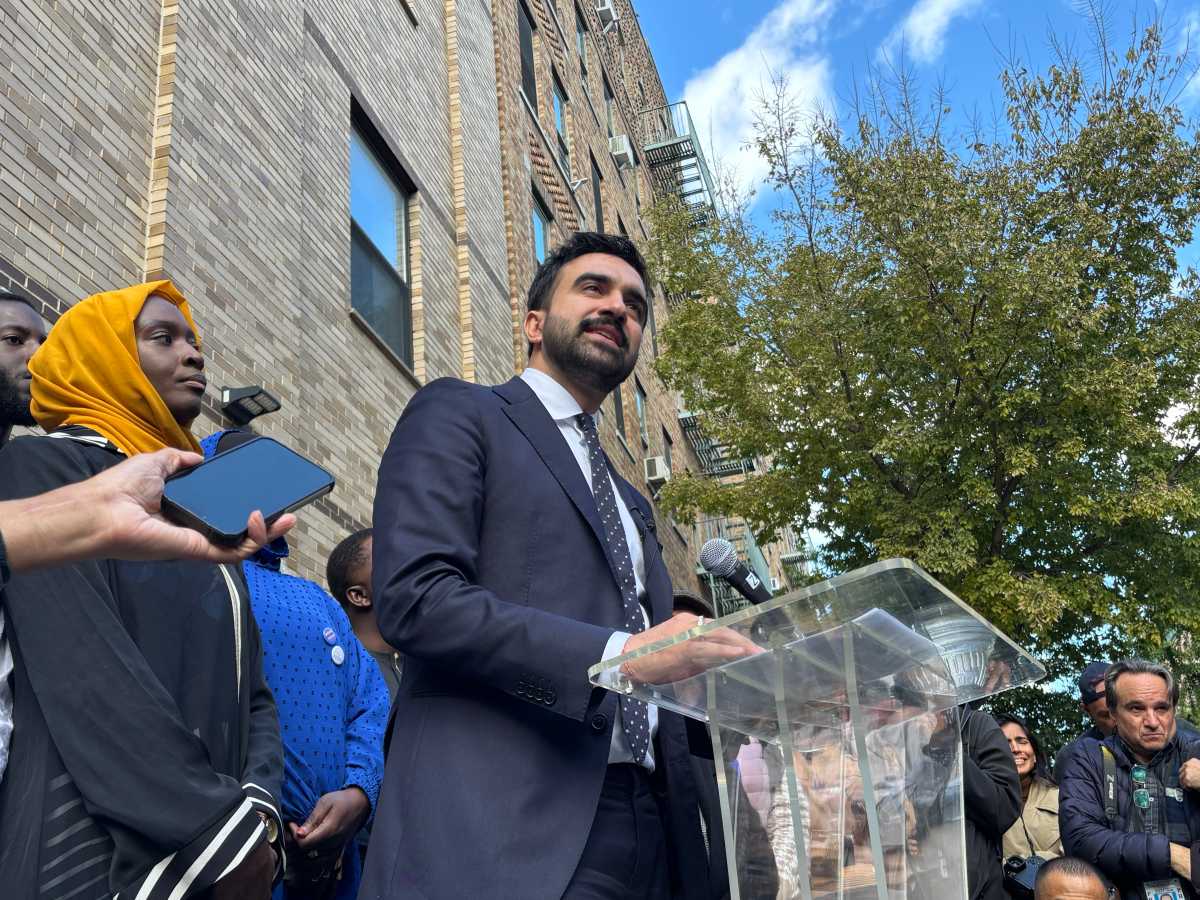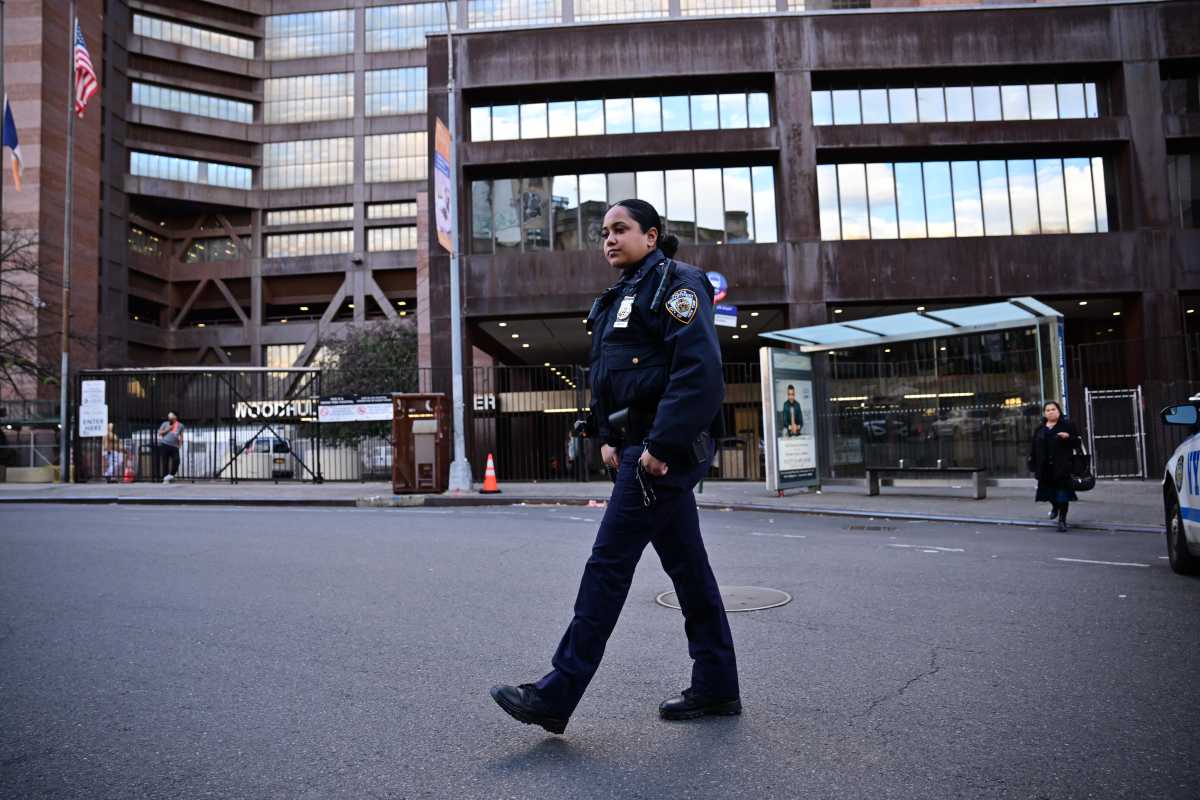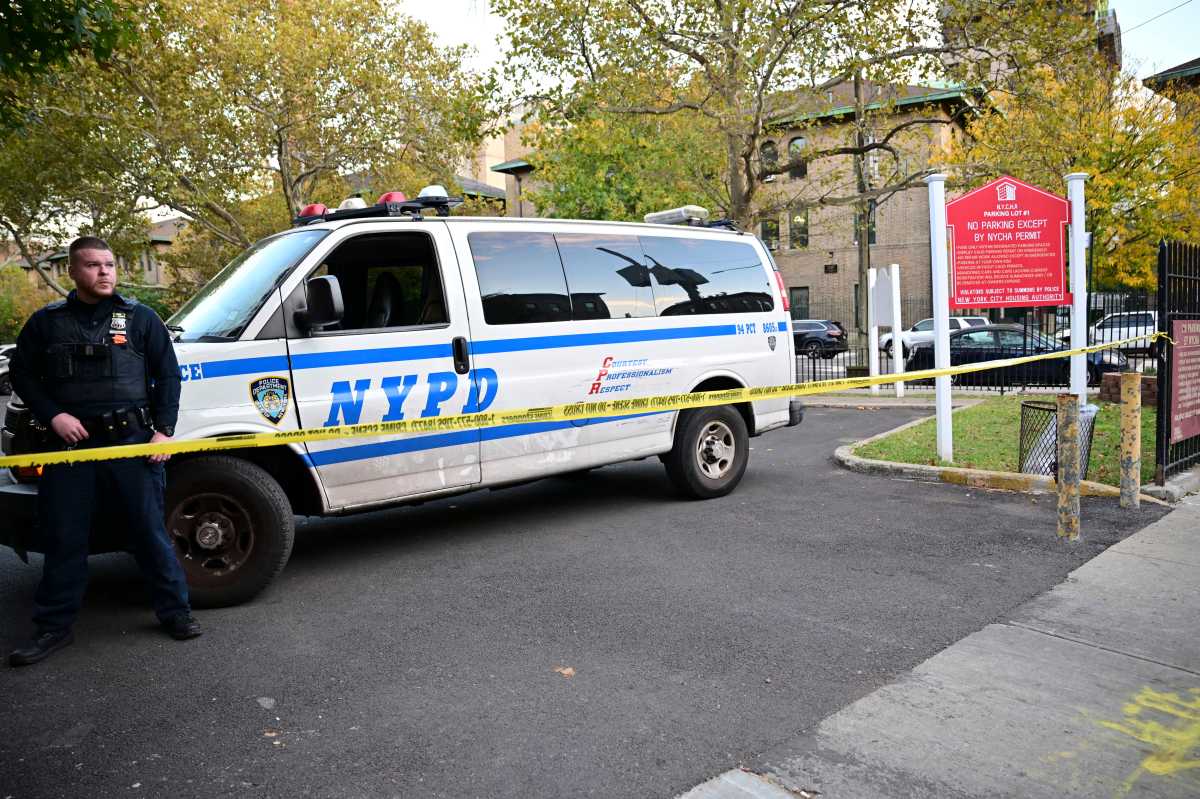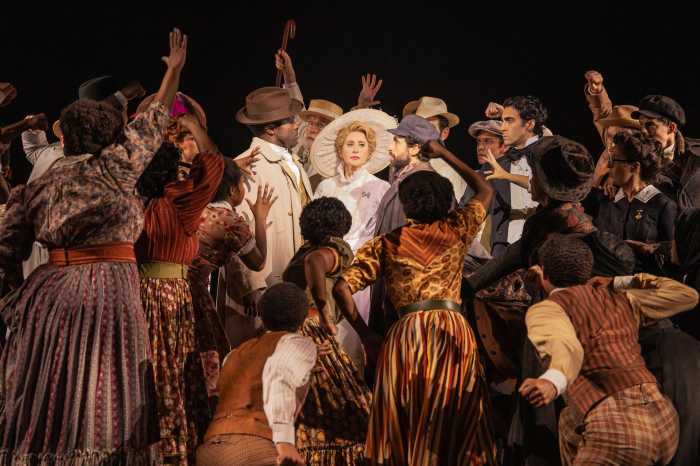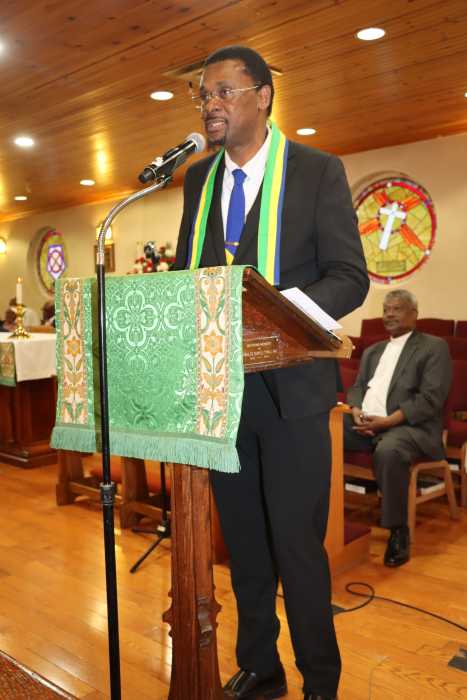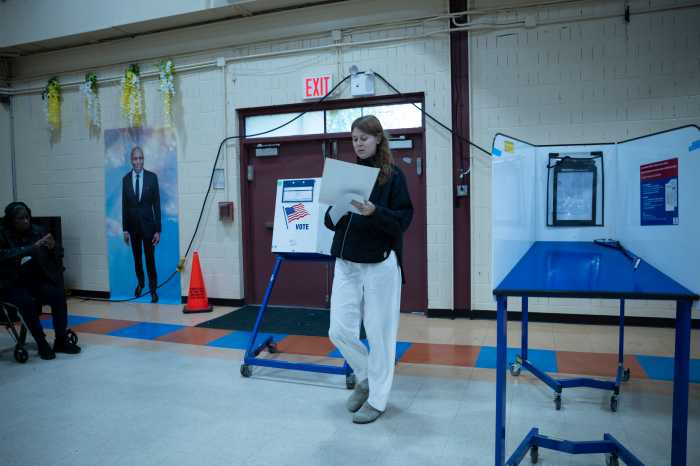The Supreme Court will not hear a case brought by property owners who are slated to lose their land to make room for Bruce Ratner’s Atlantic Yards project — but the property owners say they will take their case through New York State’s court system, which has traditionally not been sympathetic to property owners in eminent domain cases.
The Supreme Court denied without comment the 11 property owners’ request that the High Court take up case, which has been rejected by two lower federal courts — though the court did reveal that Justice Samuel Alito, a known skeptic of eminent domain, voted to hear the case.
Plaintiffs, including Develop Don’t Destroy Brooklyn spokesman Daniel Goldstein, who owns an apartment that is slated to be leveled, have argued that the state can not use its eminent domain power to transfer privately owned land to a private developer unless there is a clear public benefit.
Goldstein and his fellow petitioners claim that state officials agreed to condemn land for Ratner in a “sham” process that used the project’s supposed public benefits as a “pretext.”
“Our claims remain sound,” said plaintiff’s lawyer, Matthew Brinckerhoff. “New York State law and the state constitution prohibit the government from taking private homes and businesses simply because a powerful developer demands it. Yet, that is what has happened. … We now know that Ratner’s project will cost the public much more than it will ever receive. Now we will turn to the state courts to vindicate our rights.”
Brinckerhoff admitted that he had initially brought the case in federal courts because they have been more “sympathetic,” both on the merits of eminent domain cases and on the plaintiffs’ right to see internal state documents, a process known as “discovery.”
“Admittedly, our right to discovery in state court is much more dubious,” Brinckerhoff told The Brooklyn Paper. “But the same [state] court that we’re petitioning [did agree to hear] a similar eminent domain case last year, so we’re optimistic.”
The Empire State Development Corporation has argued that the project’s public benefits — affordable housing, a basketball arena, seven acres of open space and the development of land that is mostly scarred by a rail yard — are real and not a pretext.
Economics have delayed Ratner’s $4-billion project. The developer has said that he is having trouble lining up financing to begin construction of the arena and one residential building next to it. The vast majority of the affordable housing and all of the open space is in Phase II of the project — but the state has given Ratner no deadline for completion of that part of the project and opponents believe it will never get built.
Ratner insists that the entire project will get built within 20 years.


